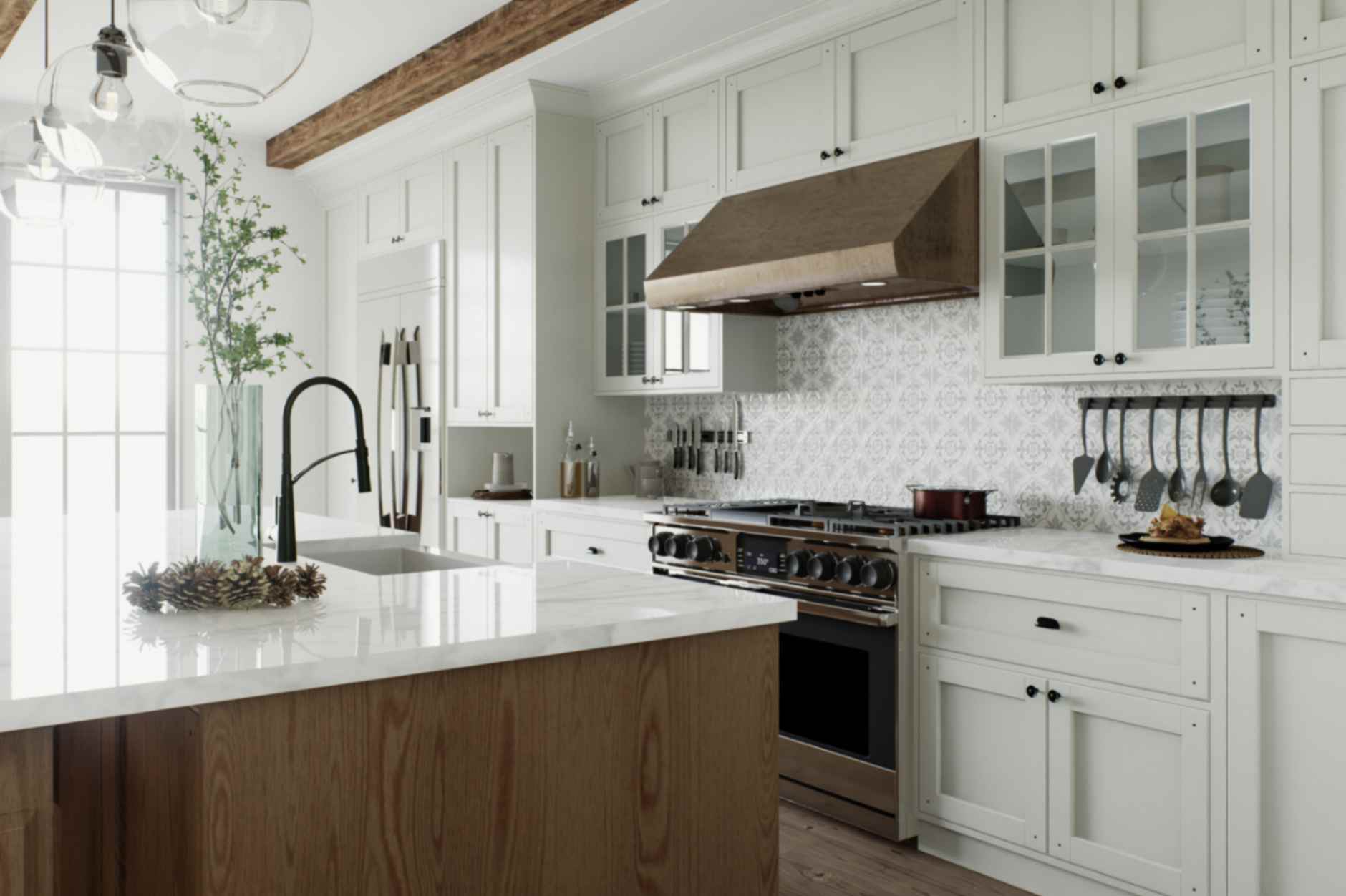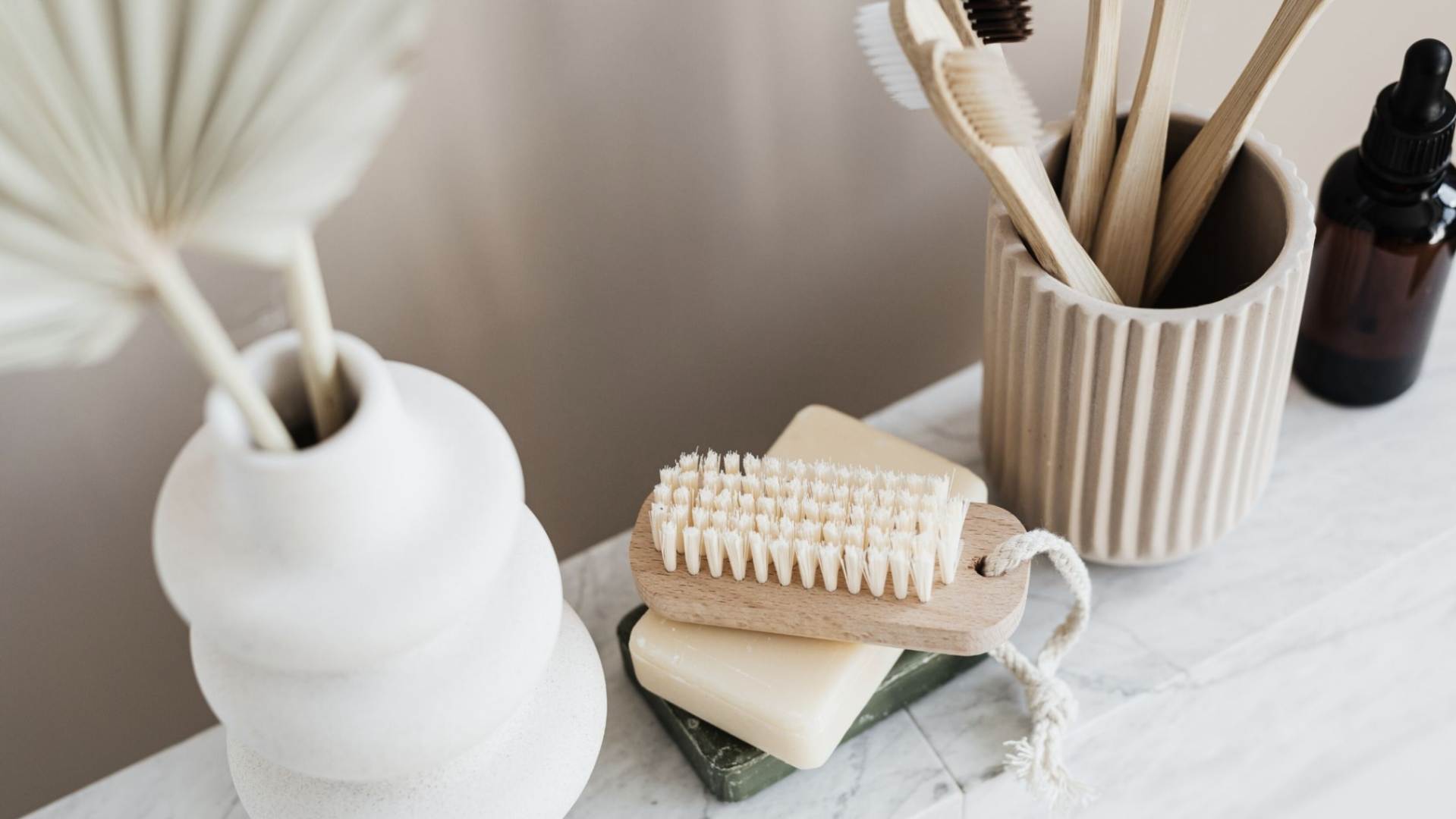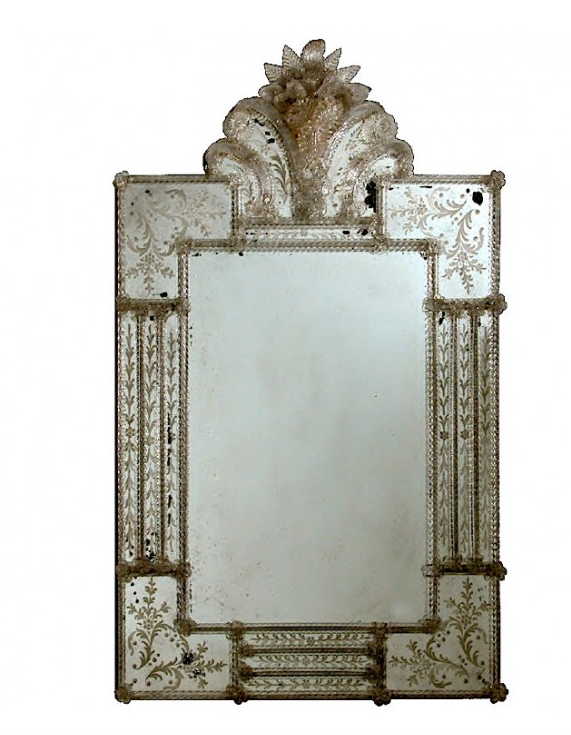Beginner’s Guide and Tips For How to Paint Furniture
Have you ever looked at a piece of furniture in your home and felt it could use a breath of fresh air? Perhaps you’ve stumbled upon a charming yet worn-down chair at a flea market, screaming for a second chance. Painting furniture is not just about changing colors; it’s about revitalizing, customizing, and injecting personality […] You're reading Beginner’s Guide and Tips For How to Paint Furniture, originally posted on Decoist. If you enjoyed this post, be sure to follow Decoist on Twitter, Facebook and Pinterest.
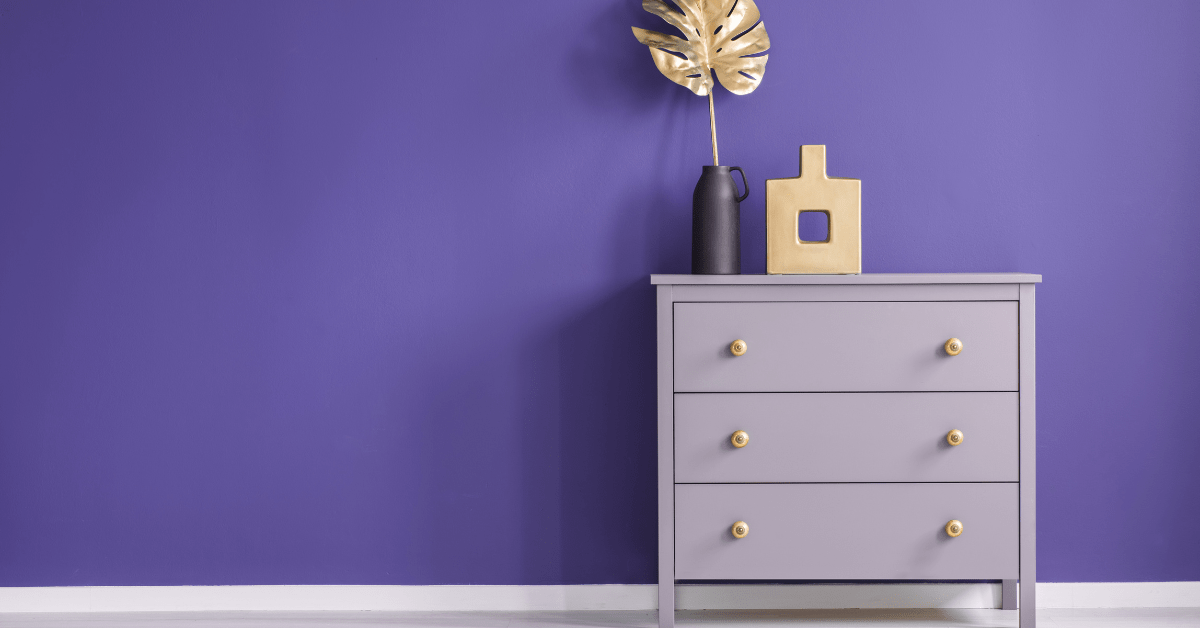
Have you ever looked at a piece of furniture in your home and felt it could use a breath of fresh air? Perhaps you’ve stumbled upon a charming yet worn-down chair at a flea market, screaming for a second chance.
Painting furniture is not just about changing colors; it’s about revitalizing, customizing, and injecting personality into your space. In this thorough guide, we’ll go through the essential steps for how to paint furniture, turning the old into something spectacularly new.
Cleaning and Sanding Your Furniture Before Painting
The secret to a flawless paint job isn’t just in the stroke of the brush; it’s in the preparation. Before you even open that paint can, make sure your furniture piece is squeaky clean. A mild detergent and a sponge can work wonders in removing grime and grease that have accumulated over the years. Once clean, it’s time to sand. Sanding is crucial; it helps to smooth out imperfections and provides a key for the new paint to adhere to.
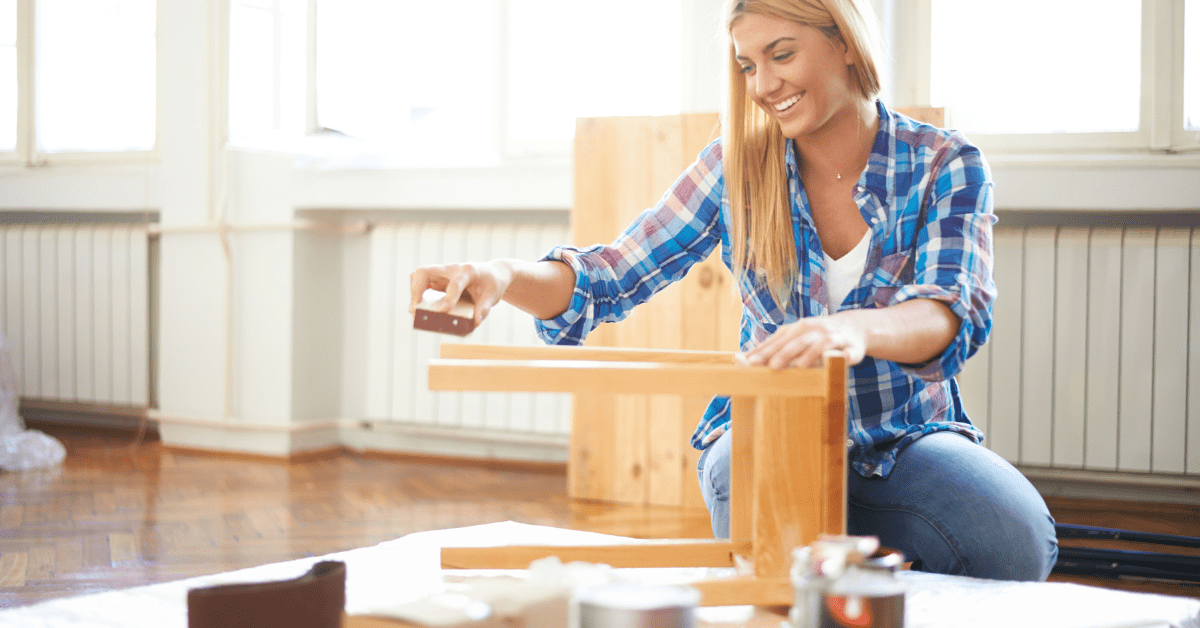
Don’t skimp on this step! Whether you’re dealing with a glossy finish or an old coat of paint, medium-grit sandpaper should do the trick. Sand in the direction of the wood grain, and once you’re done, wipe the dust away with a tack cloth or a slightly damp rag.
Selecting the Right Paint and Tools for Furniture Painting
The paint aisle can be overwhelming but fear not. When painting furniture, you have to consider the type of paint that best suits your project. Will it be oil-based for durability or water-based for easy cleanup? Chalk paint can give a chic, matte finish, while milk paint offers an organic, distressed look.
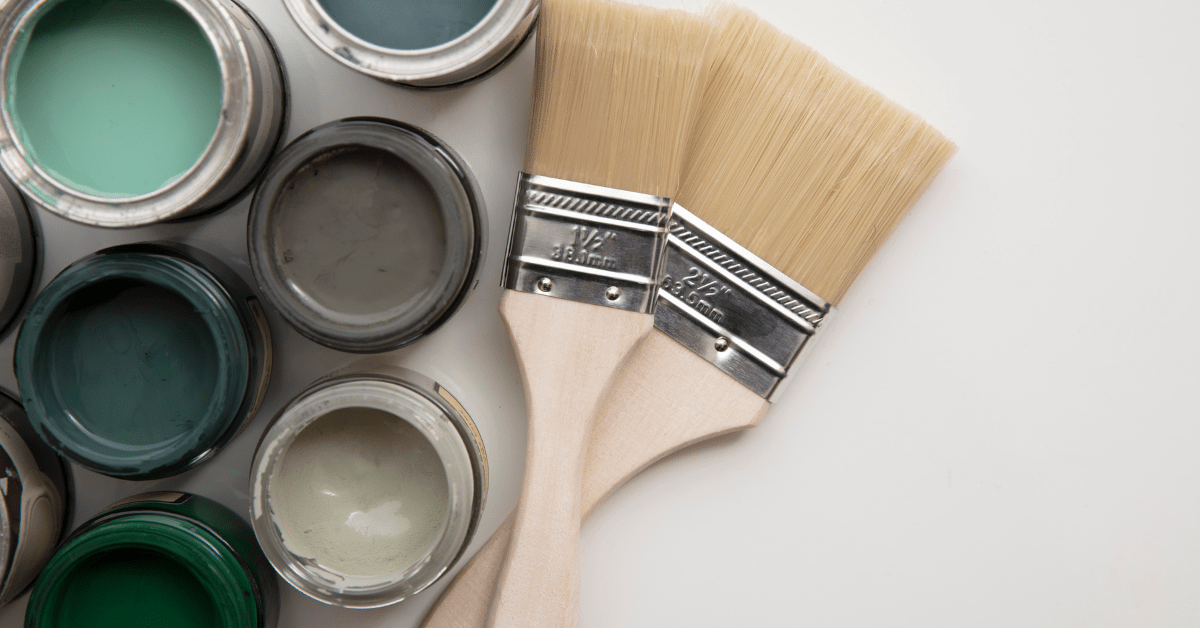
Don’t forget the primer—especially if you’re working with a dark piece and want to go lighter. It ensures even color and helps the paint to last longer. As for the tools, invest in good-quality brushes or a roller for a smooth finish. A small brush can get into nooks and crannies, while a foam roller works great for flat surfaces.
Applying Paint for a Professional Finish on Your Furniture
Now, the moment of truth—painting. Start with thin, even coats. Patience is your friend here; it’s tempting to slap on a thick coat to finish faster, but that can lead to drips and an uneven finish. Give each coat ample time to dry before applying the next.
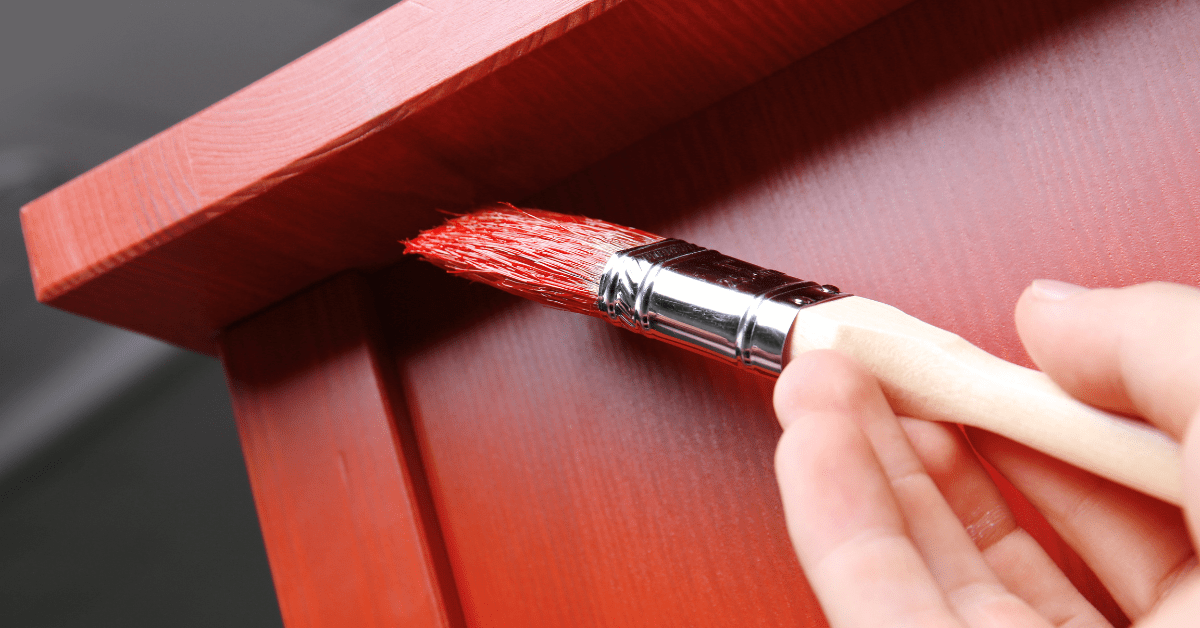
If you’re using a brush, keep your strokes even and go with the grain. For a modern look, consider a high-gloss finish. If it’s a shabby chic vibe you’re after, a quick sanding over the edges post-painting can add character. Always finish with a sealant, like wax or polyurethane, to protect your hard work.
Tips and Tricks to Give Your Painted Furniture a Unique Edge
Painted furniture doesn’t have to be one-note. You can add depth and texture with various techniques. For instance, try distressing the edges lightly with sandpaper for a vintage feel. Or use stencils to add patterns and designs.
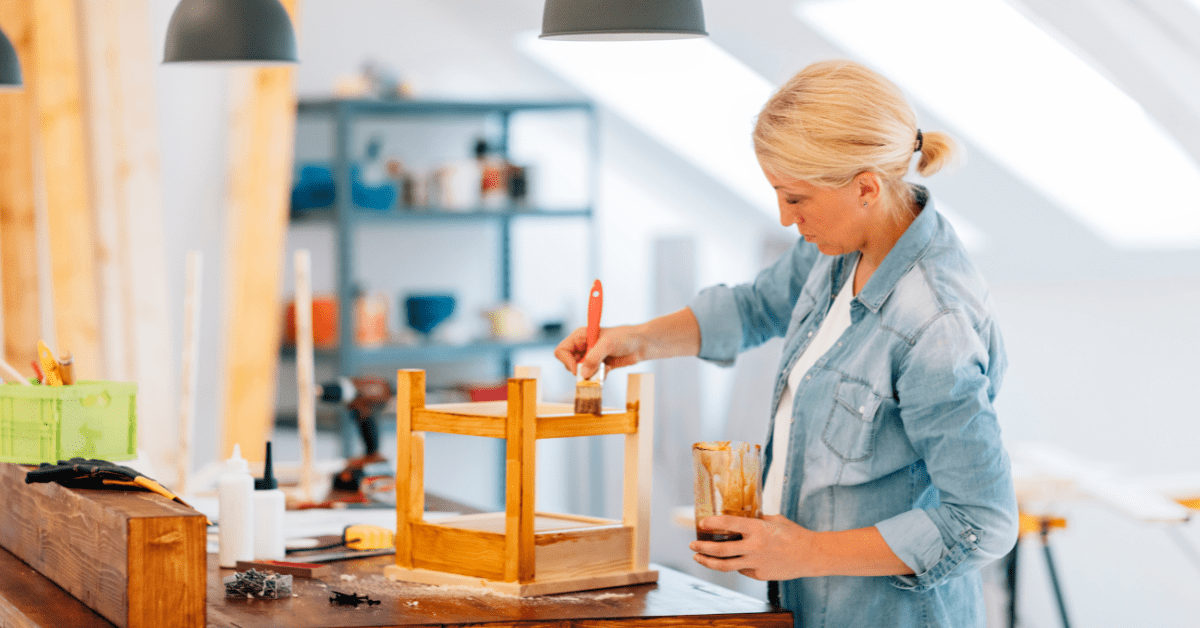
Two-tone looks, where the inside of drawers or cabinets is painted in a contrasting color, can be striking. Even something as simple as updating the hardware can completely change the vibe. New knobs or pulls are like jewelry for your furniture, and they’re an easy way to add a personal touch.
Enjoying and Caring for Your Newly Painted Furniture
After all the painting and detailing, it’s time to step back and appreciate your handiwork. Your once-tired furniture should now be vibrant and full of life, ready to be a centerpiece in your home. To keep it looking its best, clean it gently with a damp cloth and avoid harsh chemicals.

Be mindful of objects that might scratch or chip the paint, and use coasters or placemats to protect surfaces. With the right care, your painted furniture can remain a testament to your creativity and effort for years to come.
Related Articles:
- Stunning DIY Home Decor For Elevating Your Home
- Craft Your Own DIY Shoe Rack: Your Complete Guide
- Make a DIY Makeup Vanity On a Budget
Painting furniture is a rewarding process that can breathe new life into your space. It’s an opportunity to get creative and make something truly your own. Whether you’re looking for a weekend project or a full-on furniture revamp, the key is to prepare properly, choose the right materials, and apply with care. Add your unique flair, and you’ll have a piece that’s not just furniture but a piece of art. Enjoy your transformed furniture and the personal satisfaction that comes with a job well done.
Turn your house into the home of your dreams. Our newsletter provides you with design ideas and decor trends. Subscribe now to start your journey to a stunning home! Click here to subscribe now.
You're reading Beginner’s Guide and Tips For How to Paint Furniture, originally posted on Decoist. If you enjoyed this post, be sure to follow Decoist on Twitter, Facebook and Pinterest.















